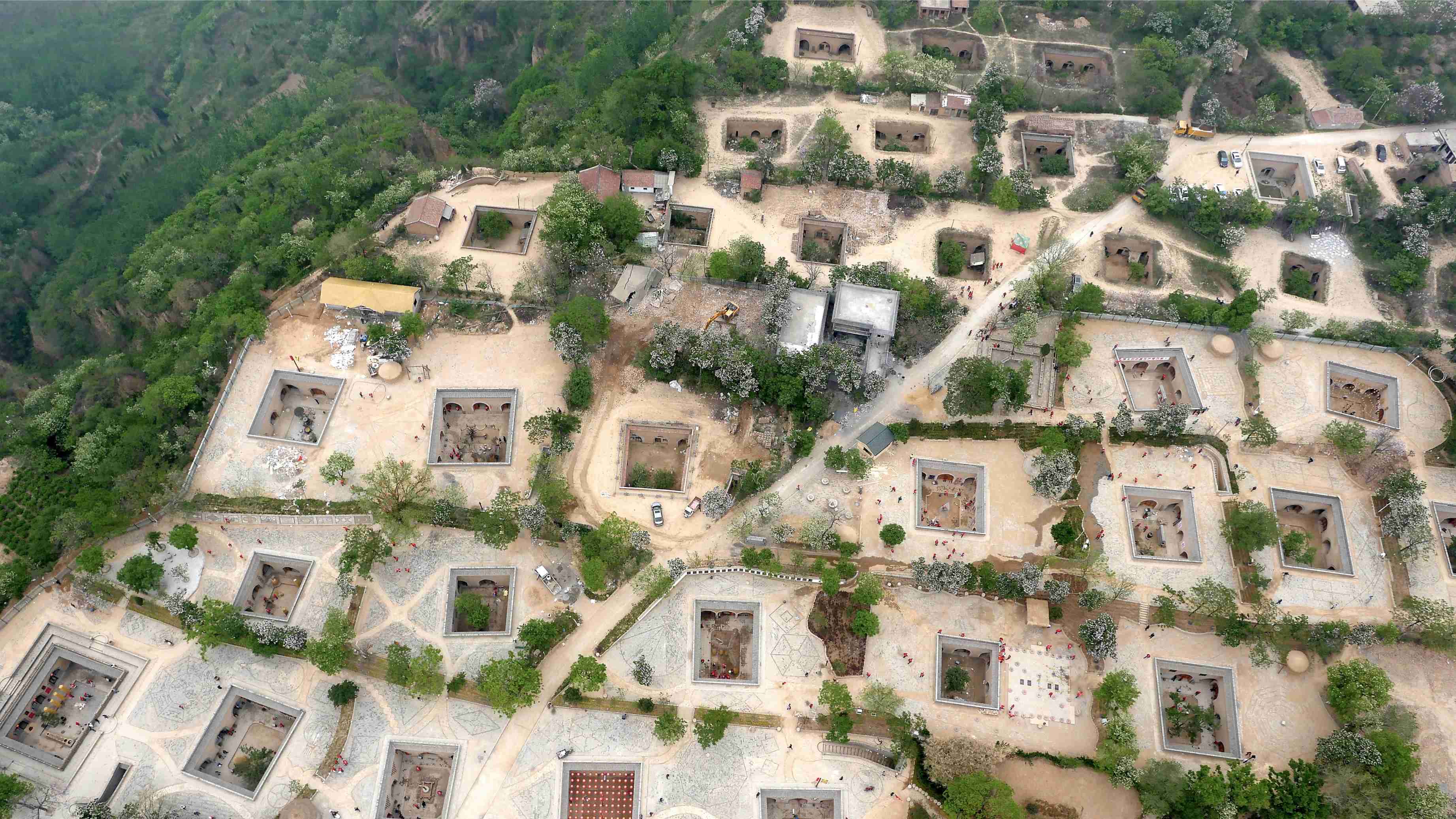
Culture
20:54, 20-Feb-2018
Traditional underground settlement a hit with tourists
By Xu Mengqi

Subterranean dwelling, a tradition that dates back more than 4,000 years in Sanmenxia in central China’s Henan Province, has drawn tens of thousands of tourists during the Spring Festival break.
The adobe buildings are located in Shanyuan on the Loess Plateau, a region characterized by its unique topography – small tablelands surrounded by gullies formed by the action of water over time.
Using natural silt as material, the adobe buildings are not only economical but also functional, as inhabitants are protected from scorching summers, freezing winters and natural disasters such as earthquakes.

Lantern show in renovated underground village in the evening. /CGTN Photo
Lantern show in renovated underground village in the evening. /CGTN Photo
These days, the tradition’s longevity is being tested, as more and more young people leave the underground villages to find work and better living conditions elsewhere.
To protect the cultural heritage, local government has renovated a village and transformed it into a tourist attraction. The space was once used for living now becomes a library that exhibits how the cave homes are built.

Waist drum performance during a parade at the renovated underground village. /CGTN Photo
Waist drum performance during a parade at the renovated underground village. /CGTN Photo
Lantern show is a highlight of the festive celebrations in the renovated underground village during the Chinese New Year.
And for curious visitors, their experiences are completed with an extravaganza of folk performances.

SITEMAP
Copyright © 2018 CGTN. Beijing ICP prepared NO.16065310-3
Copyright © 2018 CGTN. Beijing ICP prepared NO.16065310-3